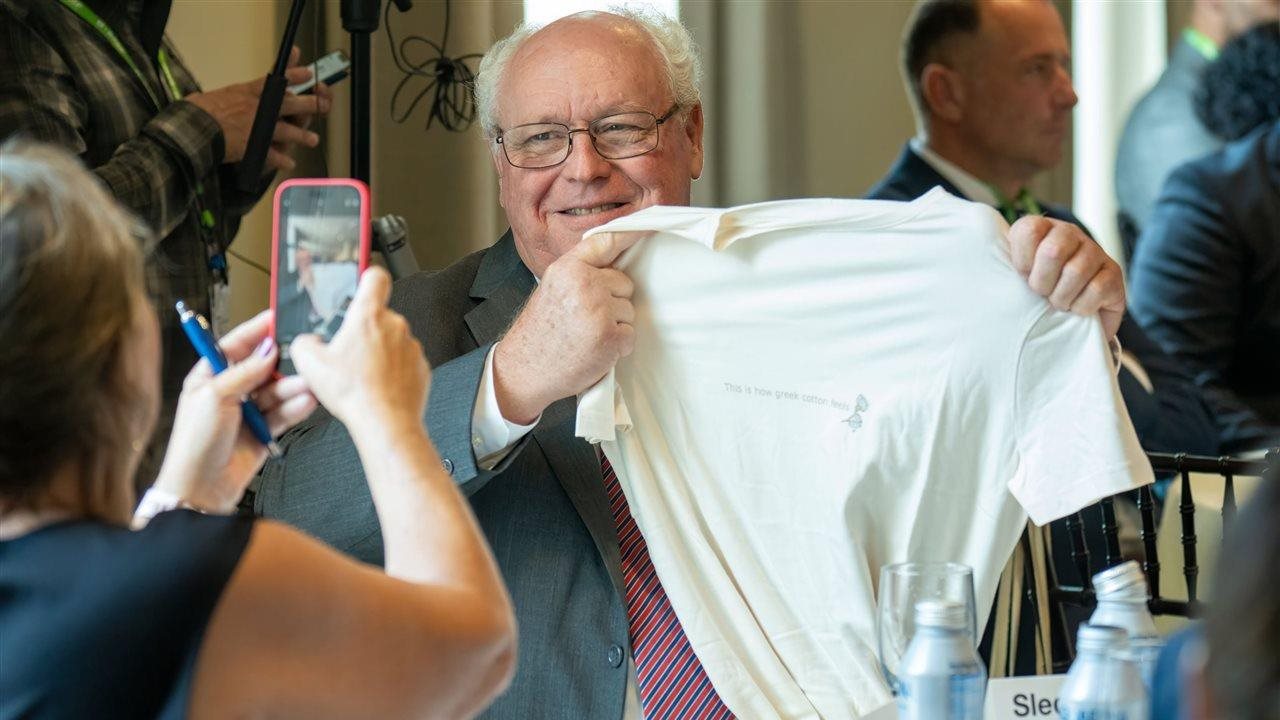2023-10-05T08:01:00
(BPT) – From music, food, art and beyond — there are countless contributions that Hispanic and Latin Americans have made to the United States. Celebrating Hispanic American Heritage is just one great way to honor your roots and the people who have enriched the nation’s multicultural fabric!
New York Times bestselling cookbook author and Mexican chef Pati Jinich shares a few activities you and your family can participate in to help celebrate and learn more about Hispanic American Heritage and culture.
1. Explore Hispanic American community events
Celebrate with your community by checking local calendars to see what events are happening in your area. You may notice that there are many different Hispanic heritage festivals or parades happening—attending these events with friends or family is a great way to enjoy lively celebrations while learning more about your local Hispanic American neighbors!
2. Take traditional dance classes
Sign up for a salsa, bachata or flamenco dance class with a partner, a group of friends or a family member. If you’re unfamiliar with traditional Hispanic dancing, try looking for a beginner or intro class at a local dance studio; that way you can immerse yourself in a rich cultural experience while also having fun!
3. Support local Latin- and Hispanic-owned businesses
Purchasing from small Latin- or Hispanic-owned businesses is not only a great way to contribute to your community, but it’s also an opportunity to discover unique products and services that you might not find elsewhere. Supporting these businesses goes beyond just a simple transaction; it has a deeper socio-economic impact that can be very empowering for minority business owners.
4. Try new recipes and cook with Hispanic flavors
Vibrant flavors define Latin cuisines, and trying new recipes with these flavors will allow you to enrich your culinary repertoire and deepen your appreciation for this diverse culture. Need inspiration? Try this Roasted Salsa Verde Chilaquiles with Eggs and Pickled Onions from Eggland’s Best.
The recipe features Eggland’s Best eggs, which contain 25% less saturated fat and more than double the Vitamin B12 compared to ordinary eggs, which provides a natural energy boost and helps support a balanced diet and healthy heart.
Roasted Salsa Verde Chilaquiles with Eggs and Pickled Onions
Ingredients:
- 12 Eggland’s Best Large Eggs
- 12 5-inch corn tortillas
- 1 cup red onion slivered
- Juice of 2 limes
- 1 tablespoon olive oil
- 1 1/2 pounds green tomatillos husked and rinsed
- 1/4 of a large white onion, cut into large chunks
- 1 jalapeno chile
- 2 garlic cloves, unpeeled
- 1 cup coarsely chopped cilantro leaves, divided
- 1 tablespoon vegetable oil plus more for brushing tortillas
- 1 teaspoon kosher or sea salt, plus more to taste
- 1/2 cup queso fresco or cotija or substitute with Farmer’s cheese or mild feta, crumbled
- 1/4 cup Mexican cream
To prepare the tortilla chips:
1. Heat the oven to 325 degrees. Cut the tortillas into triangles, and place on a tray. Lightly brush with oil, sprinkle salt. Bake in the oven until crispy, about 15 to 20 minutes, flipping once in between. Let the pieces cool.
To prepare the pickled onions:
2. In a small bowl, mix the red onion with the lime juice, olive oil and salt to taste.
To prepare the roasted salsa verde:
3. Place the tomatillos, onions, garlic and chile on a baking sheet. Set under the broiler and char for 6 to 8 minutes, flipping once in between, until tomatillos are soft, juicy and all the ingredients look charred.
4. Remove from the oven. Peel the garlic cloves, stem the chile and add along with the rest of the ingredients to the blender along with 3/4 cup of the cilantro and a teaspoon of salt and puree until smooth.
5. Heat a tablespoon of vegetable oil in a saucepan set over medium heat. When the oil is hot, add the sauce from the blender and cook over a medium simmer until the sauce thickens and seasons, another 5 to 6 minutes.
6. Meanwhile, set a small skillet over low heat. Once hot, add a few drops of oil. Once the oil is hot, crack the eggs two at a time into the skillet and season with salt and pepper.
7. Cover with a lid and cook until desired doneness (about 4 minutes for sunny side up eggs with runny yolks and set egg whites).
8. When the sauce is hot, quickly but carefully add the tortilla chips. Stir the tortillas into the mixture so that they are fully coated with the sauce.
9. Serve the tortillas and salsa in individual plates, with a pair of cooked sunny side up eggs on top, garnished with a bit more salsa verde, a drizzle of Mexican cream, crumbled queso fresco, pickled onions and fresh cilantro.
Let these four tips provide inspiration to help you explore and honor the dynamic spirit and enduring impact of Hispanic American culture!





















